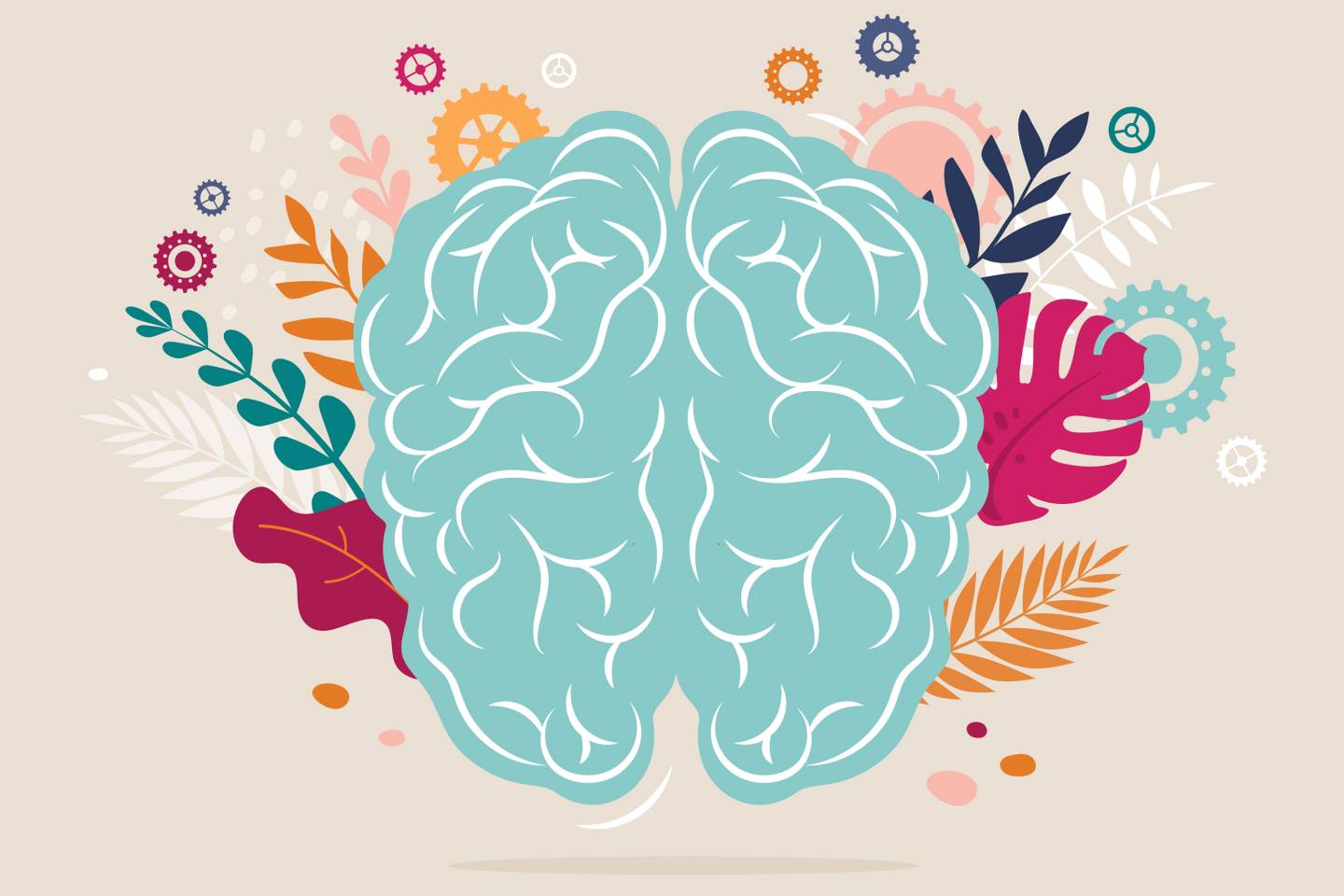
“Mindfulness is the capacity to be fully aware of all that one experiences inside the self – body, mind, hear and spirit – and to pay fill attention to what is happening around us – people, the natural world, our surroundings and events” (Boyatzis & McKee, 2005). To get to this state, and maintain it, is intentional work and work that can pay dividends in our performance, holistic health and our relationships. In Becoming a Resonant Leader, McKee et al., have a workbook chapter about mindfulness and how leaders can sustain their state of mindfulness through “a few simple structures in your daily routine” (McKee et al., 2008). The exercises, as proposed by McKee et al., are a great start to exploring the state of our mindfulness routines and needs.
Taking Stock:
The first section is in regard to “building mindfulness through a personal inventory” (McKee et al., 2008). Through this section, I learned a couple of important things about myself. The activities that I consider the most important in my work and my life are those that feed the progress of myself and others. Working with Leaders and people in my company to encourage their development, growth and opportunities is how I feel like my time is best spent. Consequently, the things that I enjoy the most are the ones that propel myself and others forward.
On the other hand, the things that frustrate me the most are actions that are unnecessarily repetitive or spinning my wheels without seeing progress.
Mindfulness Check-In:
This section looks at four distinct areas of mindfulness: Mind, Body, Heart/Emotions, and Spirit. The concept of these quadrants stems from the “Native American concept of the Medicine Wheel and the presence of balance” (McCabe, 2008). This theory examines “how the engagement of the inner dialogue of the body, mind, emotions and spirit helps to heal individuals” (McCabe, 2008).
For today, as I am writing this, my mind is filled with all of my to-dos: school, work and life check lists. There is so much to do and I often feel out of time and stressed. My body has tension in my shoulders and my back as I spend more and more time on the computer. I feel thirsty even though, I choose to keep drinking coffee!
Emotionally, I feel the stress, pressure and frustration of my work week fading as I begin my weekend. But I feel as though life (not considering work) is in a good spot and I am thankful for the support and relationships that I have with my family. Spirit-wise, thinking of someone who inspires me, makes me think of my parents. They inspire me because of their steadiness, their faith, their hard work and watching them from a new perspective as I grow. They have worked hard as a team to build their life with faithfulness, laughter and love. I hope that I can do the same.
Seeking Balance:
This activity looks back at the quadrants and asks what activities I engage in that help to feed and express part of my self. For my body, I try to eat healthy and exercise at least a couple times a week. For my spirit, I try to consume content online or through books that feed my need for hope and perspective. This includes going to church or listening to my church’s podcast. For my emotional state, spending time with loved ones or intentional time with myself helps to center me and give me the perspective I need. For my mind, I try to find time to relax, reading fiction or going on walks.
Mindful Change:
For this capstone exercise, McKee et al. ask three questions. The first, what do I need more of and what do I need less of to improve my balance. I believe I need to intentionally leave my stress of my work day, at work and focus only on the aspects of my job I can control. I need to increase the activities that improve my life: eating healthy, water intake, exercise, relaxing.
The second question is “what change in limiting beliefs will help you progress toward the achievement of greater balance?” (McKee et al., 2008). For me, the limiting belief that is my greatest hindrance is the thought that I don’t have enough time to complete tasks that are listed above. When in actuality, I often have time to work out, but I choose to sleep more or watch TV before work.
The final question is what I need to sacrifice in order to make these changes. For me, it is non-productive or healthy time sucking activities. Embarrassingly, this would be Netflix or social media.
Conclusion:
It seems as though, I instinctively knew the answers to these questions. What makes me feel good; what makes me feel bad; what improves my mindfulness; what increases my distractions. There were no real surprises amongst my answers!
Although, this process reaffirmed what I already know to be true: False beliefs and limiting thought processes around my own behavior prevent sustained improvement in my mindfulness! The “efforts to promote mindfulness…should aim to strengthen the self-regulatory skills that could help individuals translate an interest in mindfulness into sustained practice” (Mrazek, 2020). It is my own level of discipline that needs to improve as well, if my mindfulness can ever see progress! Maybe my ideal self will propel me towards improvement!
Resources:
Comments
Post a Comment